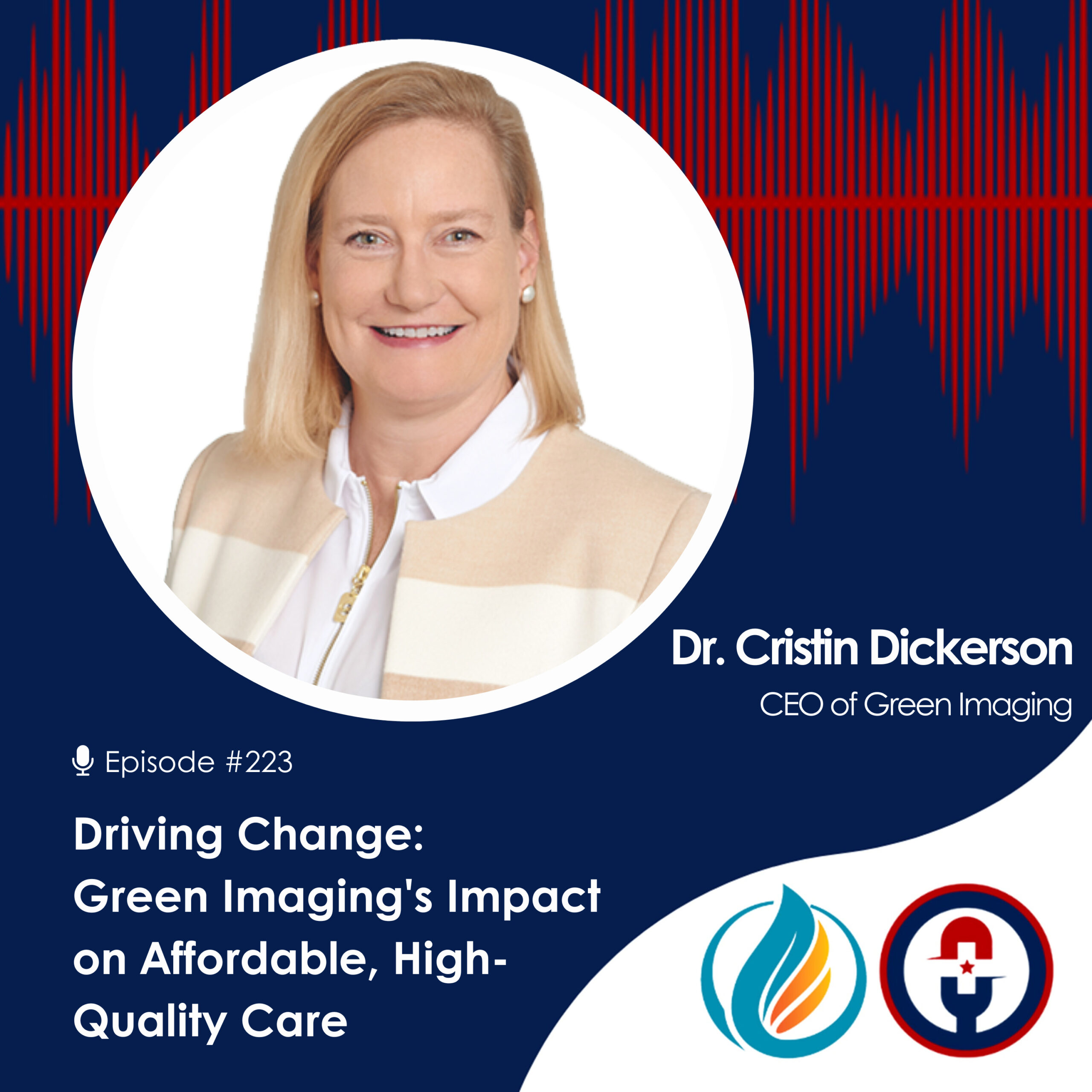Want Out of the ACA? Check Out These Alternatives.

The State of the Affordable Care Act (ACA)
Since the passage of Affordable Care Act (ACA), interest in Health Care Sharing Ministries (HCSMs) has skyrocketed, according to the Alliance of Health Care Sharing Ministries (AHCSM). Membership in HCSMs has more than doubled from approximately 200,000 enrollees to more than 500,000 as of 2016. Why the enormous growth in ACA alternative plans? Many are either unsatisfied with or just cannot afford the traditional health care plans offered under the Affordable Care Act.
While the ACA was able to reduce the number of uninsured individuals by over 20 million people, the reduction in the number of uninsured came at a cost: skyrocketing premiums.
Today, the average ACA enrollee can expect to pay $500 to $700 per month without government subsidies. Unsubsidized families can expect to shell out nearly $1000 in premiums per month. That’s almost 20 percent of the average American family’s monthly income!
To cover all the additional people and cover those with pre-existing (and costly) conditions as mandated by the ACA, insurers quietly passed on the extra costs to employers and individual consumers. In response, many employers and employees have been forced to look at alternative healthcare plans. And, many of these employers and employees are liking what they see.
"Fresh ideas and new approaches to the interminable problem of unaffordable health care are helping to drive a new age of consumerism in health care and have the potential to have a positive impact on the financial well being of many Americans."
--- DR. CRISTIN DICKERSON, MD
Healthcare Alternatives to the ACA
In the wake of the former administration’s landmark ACA law and follow-up legislation, enrollment in alternative health care plans outside of the public exchanges created by the ACA have soared. However, others, such as individual Defined Benefit Health Care Plans and Health Care Sharing Ministries remain relatively obscure but are growing rapidly in popularity. These plans are attractive to those without employer-sponsored health care and also allow small employers to offer these plans as an employee benefit, where previously they could not afford to offer a health care plan.
Let’s look deeper into both defined benefit plans and health share cooperatives.
Defined Benefit Healthcare Plans
How Do They Work?
Companies offer customized plans that allow "stacking" of needed and desired benefits including Minimal Essential Coverage (MEC), Healthcare Indemnity, Critical Illness, and Accident Expense plans. These companies may also stack pharmacy benefits, dental benefits, vision benefits into these plans. These plans are less expensive because they are underwritten at a defined price for a defined diagnosis or procedure rather than underwritten at the highest price a facility or doctor might charge as traditional plans are. If MEC coverage is included in the selection, the plans meet the individual coverage mandates of the ACA.
What Advantages Do They Offer?
These plans eliminate unneeded and undesired benefits and allow individuals to choose plan components that accommodate their personal and financial risk tolerance. They also incentivize individuals to be better consumers of health care.
For example, the defined benefits for a non-contrast MRI might be $350 for a bronze plan, $500 for a silver plan and $750 for a gold plan. If that patient went to a hospital imaging center and had the exam performed for $1050, he or she would owe, $700 or $550 or $300 out of pocket, depending on the plan. If he (or she) shopped for the best quality exam at the best price, and that patient had a Green Imaging MRI for $350, the patient with the bronze plan would have no out of pocket cost and the patients with the silver and gold plans would take home $200 and $400 respectively, helping to cover the time off work, childcare, etc.
A Critical Illness policy might pay $50,000 if an insured has a heart attack, advanced cancer, or one of around 20 different critical events. This is on top of any health indemnity coverage he (or she) receives and thus serves to some degree as a disability policy or helps reimburse for a spouse's lost wages or needed childcare.
Health Care Sharing Ministries (HCSMs)
Health Care Sharing Ministries (HCSMs), also known as bill-share cooperatives or health sharing, are groups of like-minded individuals and families who have decided to pool their resources together to not only help each other cover medical expenses but also negotiate with health providers as a unified block. Healthshare members are typically unified by a similar faith or set of deeply-held beliefs, but some are more loosely defined.
How Do They Work?
Members effectively come together to share each other's health care burdens. However, many health share communities come with certain stipulations. They might not, for instance, provide abortion coverage or other medical procedures the cooperative determines to be against their core beliefs. Additionally, healthshare and cooperative members may be required to meet specific standards for membership such as abstaining from alcohol and tobacco. This in a way brings together healthier like-minded people, which in return for good health keeps health expenditures lower due to healthier lifestyles.
What Advantages Do They Offer?
In return for abiding by specific group rules, members benefit from less expensive health plans than those offered under the ACA. Because the plans provide MEC coverage, the plans meet the individual coverage mandates of the ACA and members are not subject to any penalties.
Healthshare organizations are also transparent, sharing the names and procedures of members receiving financial assistance, and other relational information. The unspoken idea underlying many health sharing cooperatives is the idea that members will be more amenable to sharing costs with people they know and like with similar beliefs rather than with complete strangers.
Unlike a traditional insurance risk pool made up of people who don’t know each other and is run by profit-maximizing algorithms, healthshare cooperatives function more like member-owned, cooperative communities.
Private Health Care Alternatives Are Part of the Solution
In these uncertain times, alternative plans are precisely what is needed to bring down the cost of and better customize healthcare for those on the individual market. Fresh ideas and new approaches to the interminable problem of unaffordable health care are helping to drive a new age of consumerism in health care and have the potential to have a positive impact on the financial well being of many Americans.








